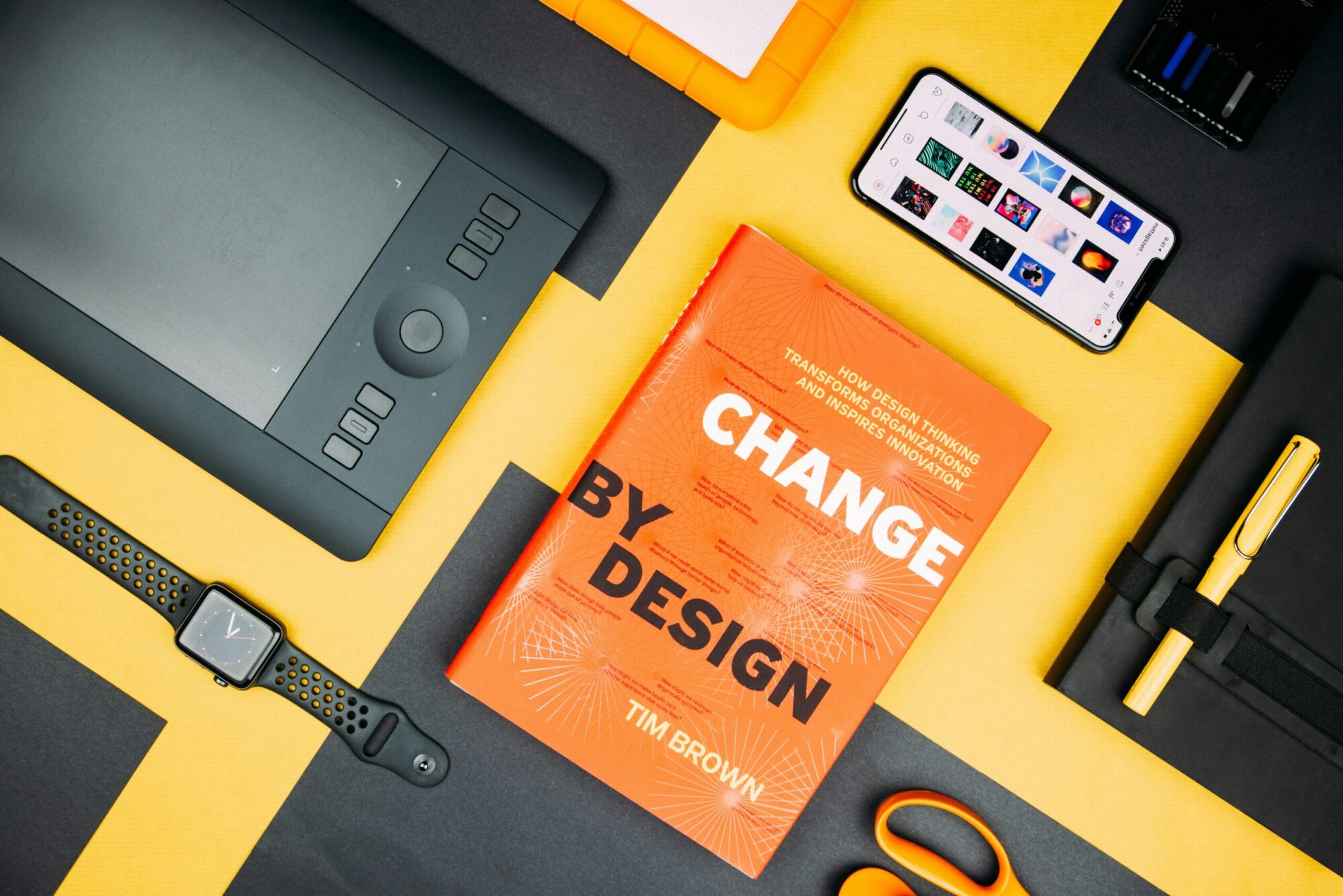Embarking on a journey towards a future-proof, circular economy model can be overwhelming, but it is important to remember that every expert started as a beginner. Here are some steps to guide you in the initial phase:
1. Gain Knowledge: Begin by familiarizing yourself with the core concepts of a circular economy and the principles of future-proofing. Dive into literature, attend online seminars, and engage in forums related to the topic to soak up as much information as possible. You can read more from McArthur Foundation: https://www.macfound.org
2. Assess Your Customers’ Business: Take a close look at your current customers’ business practices to identify areas of inefficiency, waste, and linear processes. This will help pinpoint opportunities for transformation.
3. Incorporate Lifecycle Design: Redefine your offerings by considering the full lifecycle of your products or services. Aim to achieve a zero-waste lifecycle, starting with design. Incorporate principles of biomimicry to emulate natural efficiencies, and design for easy dismantling, which will facilitate remanufacturing and reuse. This ‘design for disassembly’ approach enables each component to be easily separated and reprocessed at the end of its use, reducing waste and conserving resources.
4. Pursue Innovation: Seek creative solutions to extend the lifespan of materials and resources. Consider repurposing waste, designing modular products for easy upgrades, or shifting from selling products to providing services.
5. Formulate a Resilient Strategy: Ensure that your strategy is adaptable and in tune with emerging trends and regulations. Build in the flexibility to adjust to technological advancements, shifts in market demand, and evolving environmental standards.
6. Forge Partnerships: Collaborate with other organizations, governmental bodies, and non-profits that share your commitment to circularity. These alliances can provide access to new resources, facilitate knowledge exchange, and help scale your initiatives.
7. Take Action and Refine: Begin with small-scale implementations of your circular initiatives. Use feedback and data analysis to continuously improve and refine your approach.
8. Promote Your Commitment: Communicate your dedication to the circular economy to all stakeholders, including your team, customers, and investors with social platforms like Linkedin. Being transparent about your objectives and progress fosters trust and support.
9. Empower Your Team: Educate your employees about circular economy principles and encourage their active participation in ideation and innovation. A motivated workforce can significantly drive change.
10. Track and Communicate Progress: Develop indicators to monitor your advancement towards circularity. Regularly report on your progress to maintain accountability and showcase the impact of your efforts.
Embarking on this path requires ongoing learning and adaptation. Celebrate your milestones along the way and remain steadfast in your commitment to a more sustainable and resilient future.

